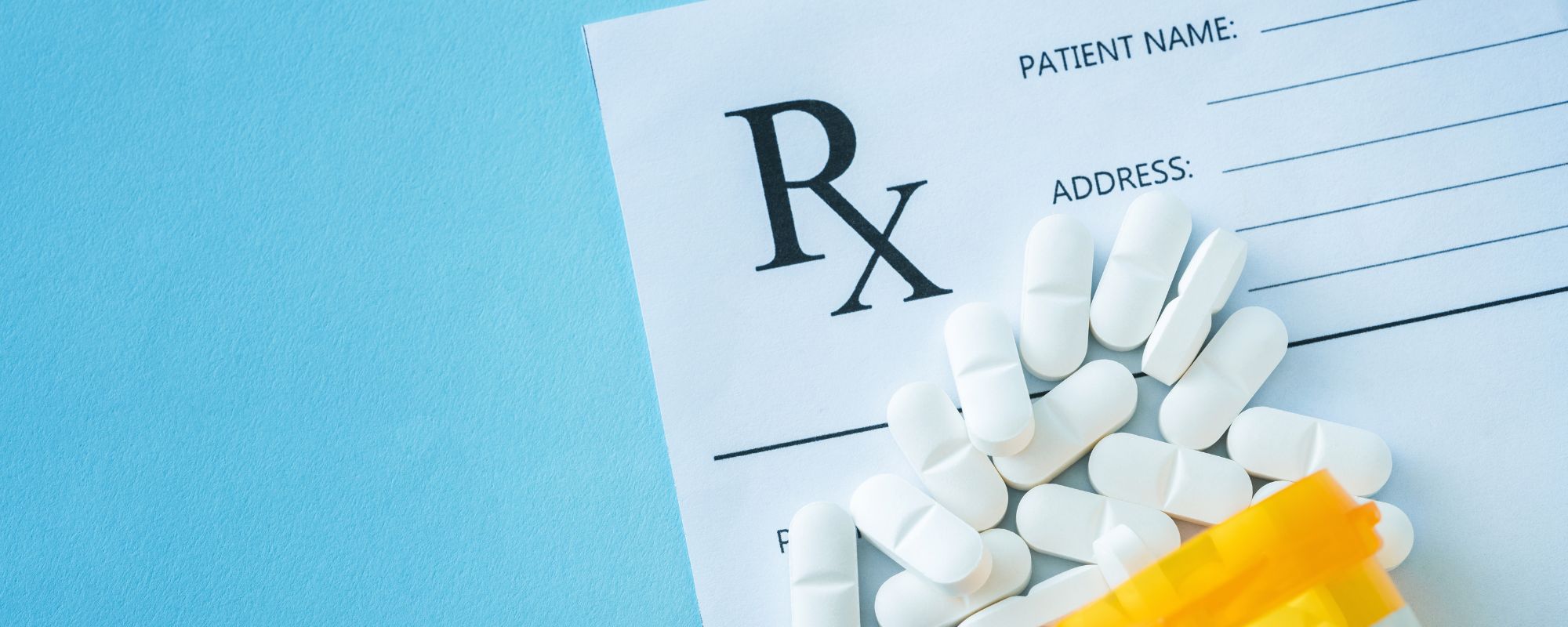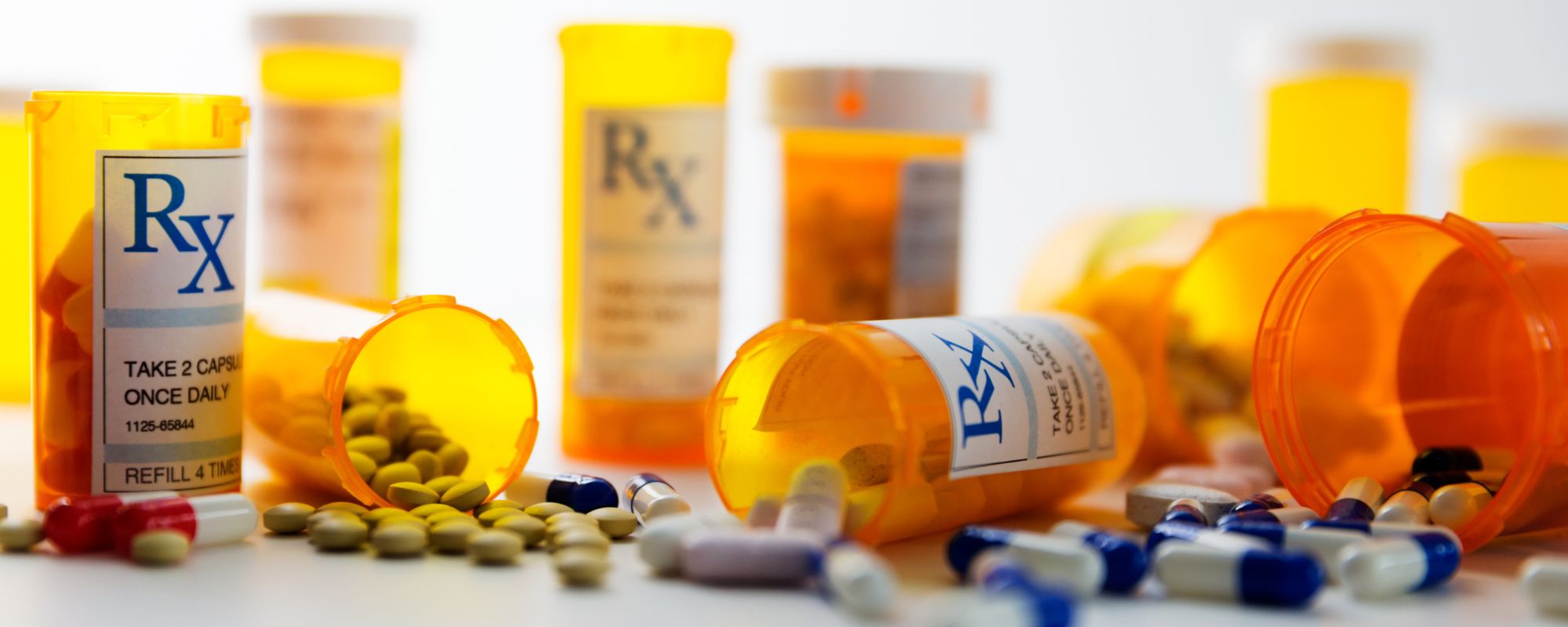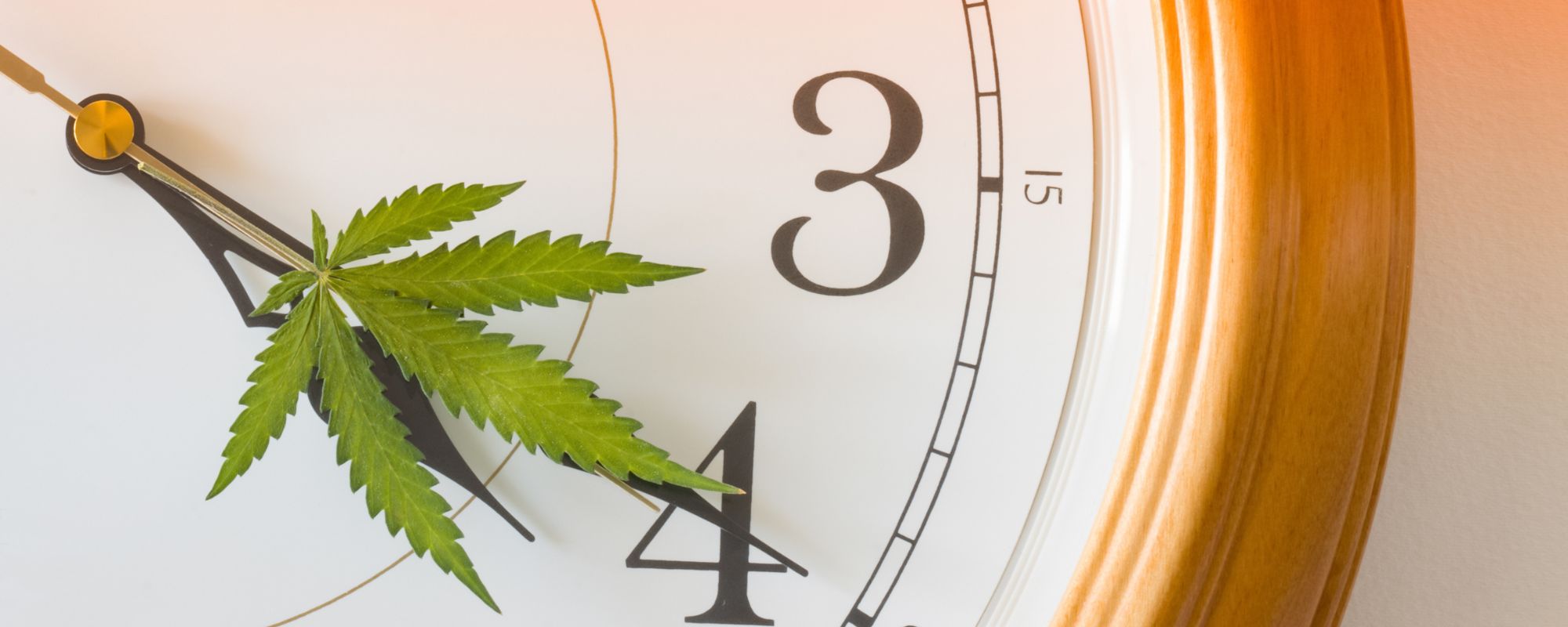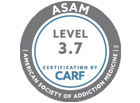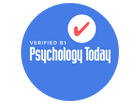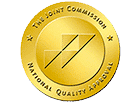Awareness of the opioid crisis continues to heighten and reshape the conversation around addiction in the United States. Healthcare providers have been compelled in recent years to rethink how prescription painkillers like fentanyl — once deemed safe — have created unintended misuse and a flurry of overdose deaths.
In response, alternative medications have come to the fore, aiming to mimic the efficacy yet offset the dangers of opioids, but now, abuse of these drugs is on the rise.
Understanding what gabapentin is used for, most commonly for treating epilepsy and other conditions, is one example. Originally positioned as a non-addictive, non-narcotic option, its own rising incidence of abuse poses health and addiction complications both in opioid patients and others alike.
“Although gabapentin has long been perceived as lacking abuse potential,” notes a study from the National Library of Medicine, “the evidence has begun to accumulate to suggest otherwise.”
Now, for many, the phrase “gabapentin ruined my life,” unheard of before, captures the profound harm it can cause when the risks are overlooked, both when prescribed or used as an illicit recreational drug.
What Is Gabapentin?
Gabapentin arrived on the market in 1993 to help assuage neuropathic pain and seizure disorders. It’s primarily taken orally in tablet or capsule form.
In a 2022 study, gabapentin was among one of the top 10 most prescribed medications in the U.S., where between 2012 and 2016, according to research, gabapentin prescriptions increased 64%, from 39 million to 64 million in four years’ time.
What Does Gabapentin Treat?
By the brand name Neurontin, gabapentin is an anticonvulsant often prescribed to prevent and control partial epileptic seizures, which originate in a single part of the brain, in both adults and children. As Neurontin and Gralise, it can also treat postherpetic neuralgia, or PHN, stress-triggered nerve damage from shingles, the virus that causes chickenpox. The effect of gabapentin in treating PHN works since the resultant nerve pain can last for months, even after one’s rash has subsided.
In treating seizures and nerve pain, gabapentin works to reduce irregular electrical activity in the brain’s nerve cells by promoting the production of a chemical called GABA, or gamma-aminobutyric acid analog.
Gabapentin is also prescribed as a Horizant to treat moderate-to-severe restless legs syndrome (which can cause uncomfortable sensations in the legs and a sleep-disrupting urge to move them around at night). However, it’s not well known why gabapentin works to alleviate restless legs syndrome.
There are other “off-label” conditions treated by gabapentin, such as:
- Pain from diabetic neuropathy
- Sciatic nerve pain in the neck and back
- Hot flashes from menopause or breast cancer treatment in women
- Alcohol abuse disorder and detoxification
Gabapentin for Anxiety
Research indicates that although one of the other gabapentin uses is the increased treatment of generalized anxiety disorder, or GAD, there is little known clinically about its proven effectiveness, mostly due to a lack of scientific evidence.
“There are no randomized controlled trials on the effectiveness of this medication in generalized anxiety disorder (GAD), and there are only a few case reports,” notes the study.
How Can Gabapentin Ruin Your Life?
Why is gabapentin bad? Its remarkably potent ability to alleviate pain and regulate neurological activity for epilepsy, among other medicinal benefits, makes gabapentin highly appealing, but it also poses significant risks. Is gabapentin addictive? Although it is not an opioid, gabapentin can produce euphoric, opioid-like effects when taken in high doses, making it prone to misuse, even if unintentionally at first.
Studies show that the prevalence of gabapentin misuse within the general population is reported to be only 1%, but among individuals with a prescription, those numbers rise to 40% to 65% and between 15% to 22% for those who abuse opioids.
In fact, research from the Pharmacy Times reveals that gabapentin and opioid co-abuse are common; nearly 24% of patients in the study with prescriptions for both gabapentin and opioids had at least three prescription claims that surpassing specified dosage thresholds, compared to the lesser 3% and 8% of people prescribed, respectively, just gabapentin or opioids alone.
Gabapentin vs Opioids
Gabapentin’s abuse potential, notes the publication, is for its potential to mimic the effects of opioids. The study “Substance Abuse of Gabapentin” notes that “individuals describe varying experiences with gabapentin abuse, including euphoria, improved sociability, a marijuana-like ‘high,’ relaxation and sense of calm, although not all reports are positive (for example, ‘zombie-like’ effects).” Researchers concluded that gabapentin “was primarily misused for recreational purposes, self-medication or intentional self-harm, and was misused alone or in combination with other substances, especially opioids, benzodiazepines and/or alcohol.” The study notes that people with histories of drug abuse were also more likely to abuse gabapentin.
Though gabapentin is a non-controlled drug on the federal level since it was approved more than 30 years ago by the Federal Drug Administration, some states have enacted restrictions on it, mainly due to increased reports of misuse, either on its own or co-abused with opioids.
Gabapentin Across the Country
To date, Alabama, Kentucky, Michigan, North Dakota, Tennessee, Virginia, and West Virginia classify gabapentin as a controlled substance. Meanwhile, many other states, including Connecticut, Indiana, Kansas, Massachusetts, Minnesota, Nebraska, New Jersey, Ohio, Oregon, Utah, Washington, D.C., Wisconsin,n, and Wyoming, require monitoring of gabapentin prescriptions.
Gabapentin’s dangers stem not only from its potential misuse but also from t the serious gabapentin side effects it may pose. These can include drowsiness, blurred vision, headache, trouble with coordination, aggressive behavior, nausea/vomiting, and in rare cases, hallucinations, panic attacks, respiratory distress,s, and even suicidal ideation.
The risk of gabapentin overdose increases when combined with other substances, particularly alcohol. As with opiates, a gabapentin overdose can prove fatal, and there is no antidote, unlike opioids — one key difference between both drugs. Unfortunately, for many, the realization that gabapentin ruined their life comes too late after they potentially experience its consequences.
Reach Out For Help With Addiction
Are you or a loved one struggling with addiction?
Royal Life Centers at Puget Sound is here to help you recover. Because we care.
Signs and Symptoms of Gabapentin Abuse?
It’s difficult to turn a blind eye to the signs of gabapentin abuse in a loved one, so recognizing the signs of gabapentin misuse is important for early intervention. Apart from the physical effects of the drug, remain watchful of some behavioral signs common to drug addiction:
- Taking higher doses than prescribed or using the drug without a prescription
- “Doctor shopping” to obtain multiple prescriptions
- Increased drowsiness, lethargy, or confusion
- Manic, “high” and energetic moments
- Mood swings, irritability,y or unusual behavioral changes
- Memory problems
- Sleep pattern changes (sleeping either more or less)
What Is Gabapentin Treatment Like?
Treating gabapentin dependency or addiction traditionally begins with an intake and admissions process, where you’ll receive a tailored, personalized addiction treatment plan. Substance abuse needs to be managed carefully, so a medically supervised detox to monitor gabapentin withdrawal symptoms safely is a first step. This stage focuses on stabilizing physical health while addressing the emotional challenges of early recovery.
Following detox, therapy becomes a core component of treatment. Individual counseling — from cognitive behavioral therapy to dialectical behavioral therapy — helps uncover the underlying causes of gabapentin misuse, while group support sessions foster connection and accountability among peers with similar goals of letting go of addiction.
For anyone with co-occurring substance abuse and mental health conditions like anxiety or depression, dual diagnosis care addresses both issues simultaneously.
Holistic approaches, including yoga, exercise programs, and creative therapies like art and even music recording, support overall well-being but also encourage one’s personal growth and healing — indispensable aspects of recovery.
Treatment is about healing the whole person: it’s your physical, emotional, and psychological recovery.
Symptoms of Gabapentin Withdrawal
Gabapentin withdrawal symptoms take hold quickly and may start as soon as 12 hours after someone stops abruptly using the drug and may last for seven days. These often mirror its side effects and can include:
- Anxiety and restlessness
- Nausea or stomach pain
- Muscle twitching
- Heart palpitations
- Seizures (in severe cases)
Drug Abuse Treatment in Sumner, Washington
“Because We Care” is our motto and our promise to see you through your recovery journey every step of the way. Each of our treatment programs shares one thing in common — compassionate care combined with effective, evidence-based treatment that works.
Our Sumner, Washington, campus at Puget Sound contains a full continuum of care, from detox to residential inpatient programs, case management to aftercare, to help you or anyone you care about recover from gabapentin misuse and rebuild their lives.
One thing is for sure: recovery is possible.
Gabapentin’s potential to improve lives is undeniable, but for many, it has also caused irreversible harm. Know that addiction is not something to be ashamed of, and admitting you need help is a brave first step. Our addiction treatment center welcomes all with open arms and a desire to see everyone to a clean, sober future.
If you find yourself saying, “gabapentin ruined my life,” we can help remove that negative reinforcement and reframe your perspective to “shedding gabapentin changed my life for the better.” Know that we offer the tools, therapies, and support you need to succeed. Get free and confidential help, 24/7, by calling us today.
REFERENCES:
- Abuse of Opioid Alternative Gabapentin Is on the Rise • Stateline
- A Qualitative Analysis of Gabapentin Misuse and Diversion among People who Use Drugs in Appalachian Kentucky – PMC
- Gabapentin (oral route) – Mayo Clinic
- Treatment of Generalized Anxiety Disorder with Gabapentin – PMC
- Gabapentin misuse, abuse, and diversion: A systematic review – PMC
- Substance misuse of gabapentin – PMC



